Mardin
Mardin (Kurdish: Mêrdîn; Arabic: ماردين; Syriac: ܡܪܕܝܢ, romanized: Merdīn; Armenian: Մարդին) is a city and seat of the Artuklu District of Mardin Province in Turkey. It is known for the Artuqid architecture of its old city, and for its strategic location on a rocky hill near the Tigris River.
The old town of the city is under the protection of UNESCO, which forbids new constructions to preserve its façade.
The city had a population of 129,864 in 2021.
The city survived into the Syriac Christian period as the name of Mount Izla on which in the early 4th century stood the monastery of Nisibis, housing seventy monks.[1] In the Roman period, the city itself was known as Marida (Merida),[2] from a Middle Aramaic name translating to "fortress".[3][4]
Between c. 150 BC and 250 AD it was part of Osroene, which was ruled by the Abgarid dynasty.[5]
Medieval historyDuring the early Muslim conquests, the Byzantine city was captured in 640 by the Muslim commander Iyad ibn Ghanm.[6][7] In many periods control of the city changed hands frequently between different dynasties. Hamdan ibn Hamdun captured the city in 885 and it remained under intermittent Hamdanid control until the second half of the 10th century, at which point it became contested between the Marwanids and the Uqaylids, with the Marwanids probably holding the upper hand over this area.[6][7] Marwanid control in the region was ended by the arrival of the Great Seljuks under Malik-Shah I in 1085, which inaugurated an era of Turkish political domination and immigration in the region.[7]
From 1103 onwards, Mardin served as the capital of one of the two main branches of the Artuqid dynasty, a Oghuz Turkish family who had earlier fought alongside the Seljuks.[8][7] Many of Mardin's major historic buildings were constructed under Artuqid control, including several mosques and madrasas, along with other types of Islamic architecture.[9] The lands of the Artukid dynasty fell to the Mongol invasion sometime between 1235 and 1243, but the Artuqids submitted to Mongol khan Hülegü and continued to govern as vassals of the Mongol Empire.[10][8]
When Timur invaded the region in 1394, the local Artuqid ruler, 'Isā, submitted to Timurid suzerainty, but the region continued to be disputed between different powers.[6] The last Artuqid ruler, al-Salih, finally yielded the city to Qara Yusuf, the leader of Qara Qoyunlu, in 1408–9, and left for Mosul.[8][6] The city continued to be contested between the Qara Qoyunlu and their rivals, the Timurid-allied Aq Qoyunlu.[6] In 1451 the Qara Qoyunlu besieged the city after it had been captured by the Aq Qoyunlu, but failed to retake the stronghold. Aq Qoyunlu rule thus continued in the city for the rest of the 15th century.[7] Coins were struck here under the rule of Uzun Hasan and his son, Ya'qub.[6] After Ya'qub, Aq Qoyunlu rule began to fragment, but Mardin remained the center of an independent Aq Qoyunlu principality for many years, while the Safavids in the east grew stronger.[11] In 1507, the Safavid ruler Ismail I succeeded in capturing the city and the castle, expelling the local Aq Qoyunlu ruler.[12][6]
During the medieval period, the town retained significant Assyrian and Armenian populations and became the centre for episcopal sees of Armenian Apostolic, Armenian Catholic, Church of the East, Syriac Catholic, churches, as well as a stronghold of the Syriac Orthodox Church, whose patriarchal see was headquartered in the nearby Saffron Monastery from 1034 to 1924.[13] A Venetian merchant who visited the town in 1507 wrote that there were still more Christian Armenians and Jews in the city than Muslims.[6]
Ottoman Empire Engraving of Mardin by Jacob Peeters (Flemish traveler) in 1690
Engraving of Mardin by Jacob Peeters (Flemish traveler) in 1690After the Ottoman victory against their bitter rivals, the Safavids, at the Battle of Chaldiran in 1514, the balance of power in the region changed. The Safavid commander in the region, Ustajlu, was killed in the battle with the Ottomans and was replaced by his brother, Kara Khan (or Karahan). In 1515 Mardin briefly yielded to the Ottomans, but the castle remained under Safavid control and the Ottomans were forced to leave after a few days, leaving Kara Khan to re-occupy it.[7][6] The following year, the Ottoman commander, Bıyıklı Mehmed Pasha, defeated Kara Khan and Safavid control in the region crumbled. The Ottomans besieged Mardin again, which resisted under the command of Kara Khan's brother, Sulayman Khan. After the Battle of Marj Dabiq in August 1516, Bıyıklı Mehmed Pasha returned with reinforcements from Syria and finally forced the city's surrender in late 1516 or early 1517.[7][6] After this, Mardin was administered by a governor directly appointed under the Ottoman Sultan's authority.
The city experienced a relatively tranquil period under Ottoman rule, without any significant conflicts or plights. European travelers who visited the city in the late 18th and early 19th centuries gave highly variable estimates of the population, but generally indicate that Muslims (or "Turks") were the largest group, with sizeable Armenian and Assyrian communities and other minorities, while Arabic and Kurdish were the predominant languages.[6]
The period of peace was finally halted when the Ottoman Empire came into conflict with the Khedivate of Egypt. During this time the city came under the rule of insurgents associated with the Kurdish Milli clan. In 1835, the Milli tribe was subdued by the military troops of the Wāli of Diyarbekir Eyalet, Reşid Mehmed Pasha.[14] During the siege the city's Great Mosque was blown up.[6] Between 1847 and 1865 the city's population suffered from a notable cholera epidemic, with the exact number of fatalities not known.[12] During World War I Mardin was one of the sites of the Assyrian and Armenian genocides. On the eve of World War I, Mardin was home to over 12,000 Assyrians and over 7,500 Armenians.[15] During the course of the war, many were sent to the Ras al-'Ayn Camps, though some managed to escape to the Sinjar Mountain with help from local Chechens.[16] Kurds and Arabs of Mardin typically refer to these events as "fırman" (government order), while Syriacs call it "seyfo" (sword).[17] After the Armistice of Mudros Mardin was one of the Turkish cities that was not occupied by the troops of the Allied Powers.
Modern historyIn 1923, with the founding of the Republic of Turkey, Mardin was made the administrative capital of a province named after it. Many Assyrian survivors of the violence, later on, left Mardin for nearby Qamishli in the 1940s after their conscription in the Turkish Army became compulsory.[17] As the Turkish Government subdued the Kurdish Sheikh Said rebellion in 1925, the first and the fourteenth cavalry division were stationed in Mardin.[18]
Mardin industrialized significantly during the 1990s, when inhabitants moved in greater numbers to the modern parts of the city that were developing on lower ground at the foot of the old city hill.[19] Through a passed law in 2012 Mardin became a metropolitan municipality, which took office after the Turkish local elections in 2014.[20] The city has a significant Arab population.[21]


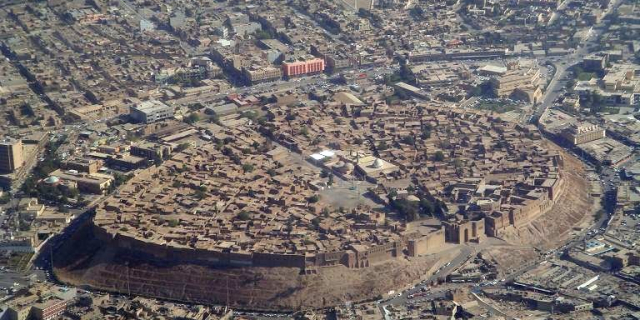

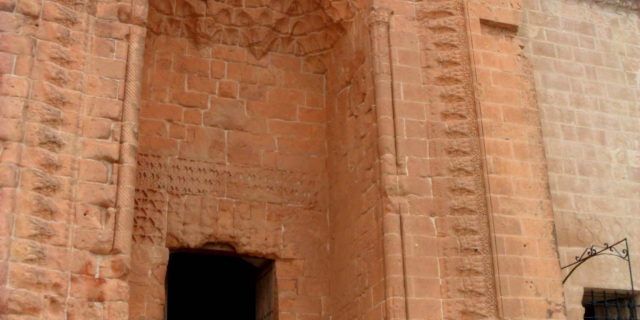



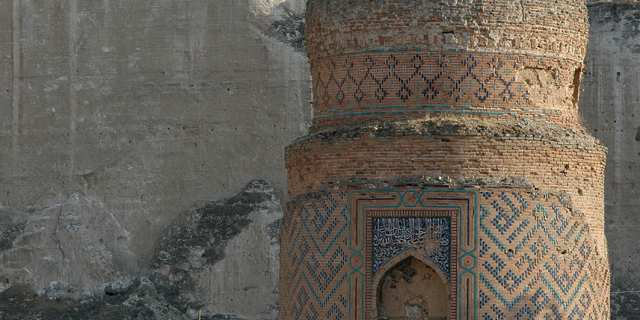






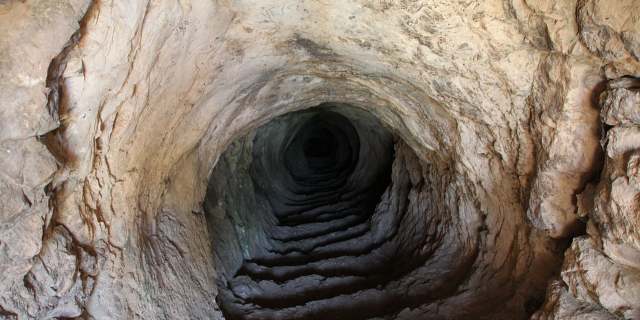



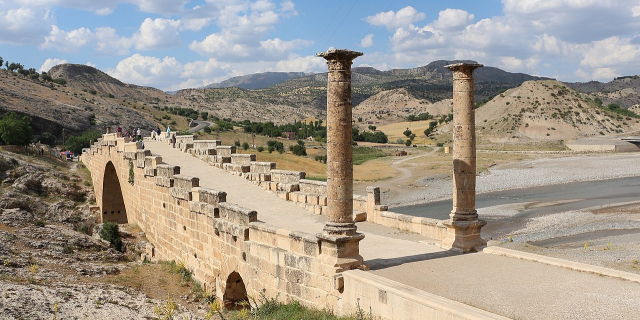




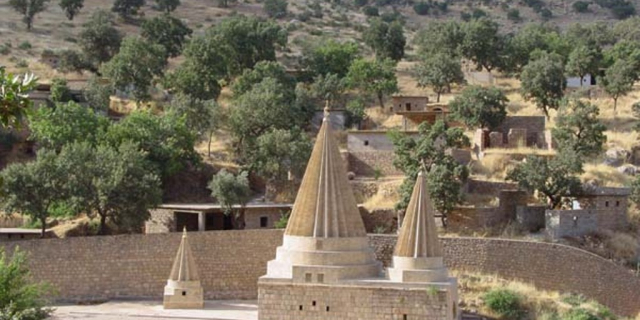



Add new comment